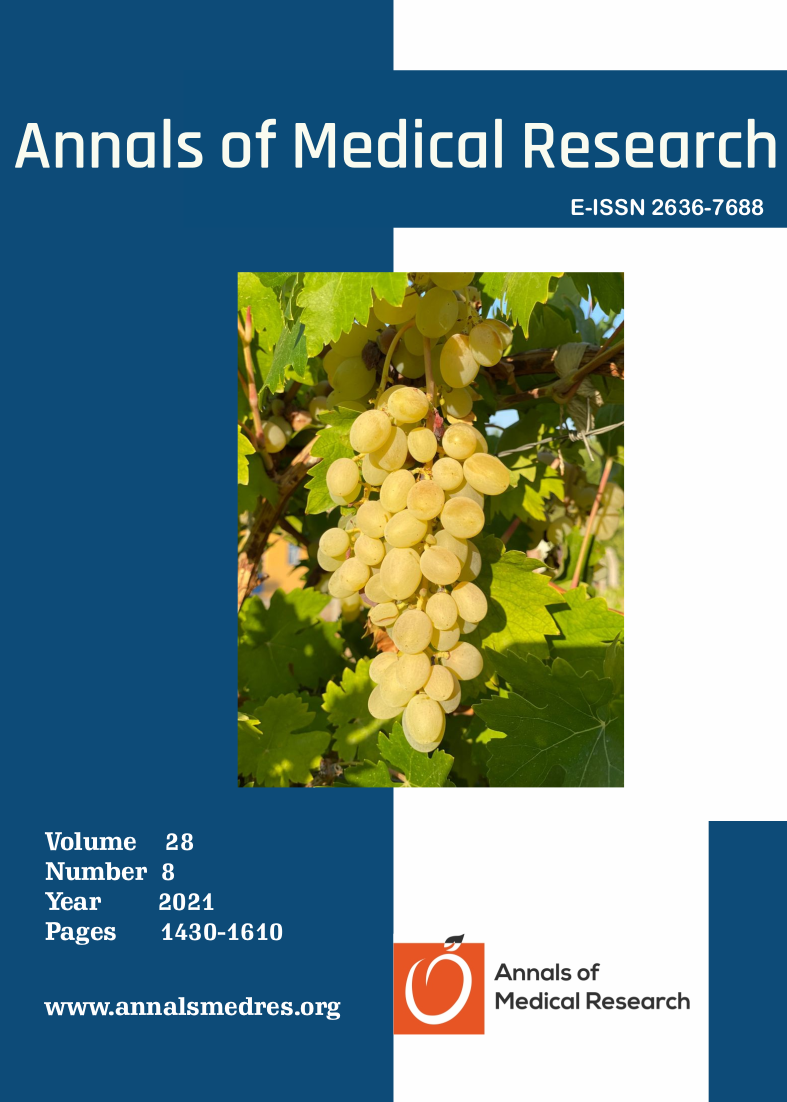Serum adiponectin levels in children with nonspecific infections
Keywords:
Adiponectin, inflammation, infectionAbstract
Aim: Adiponectin, which is mainly produced by adipocytes, has antidiabetic, antiatherosclerotic and anti-inflammatory activities. We analyzed serum adiponectin levels and their relationship with metabolic parameters, fever and acute phase reactants in children with nonspecific infections and tried to analyze whether adiponectin has a role in the processes of inflammation and fever during infections.
Materials and Methods: In this study, we studied serum adiponectin levels in 42 prepubertal children admitted with fever≥38°C and symptoms of nonspecific infections. The children’s ideal body weights for their heights were within 100% and 110%. The venous blood samples were collected both in the first admission with fever and three days after the fever dropped (control visit) for the analysis of serum adiponectin levels, complete blood count, erythrocyte sedimentation rate, C reactive protein, High-sensitive CRP, fibrinogen, ferritin, glucose, and insulin levels. The glucose/insulin rate and Homeostasis model assessment of insulin resistance and body mass index were calculated.
Results: The serum adiponectin levels of the children in the first admission were lower than those in the control visit (8.80±1.71µg/ml vs 12.04±2.38µg/ml)(p=0.000). The serum adiponectin levels were not correlated with the body temperature, body weight, ideal body weight for height, body mass index, Homeostasis model assessment of insulin resistance, and all other parameters analyzed in the study (p>0.05) in both admissions except the glucose/insulin ratio and leukocyte counts of the children in the first admission. The serum adiponectin levels were positively correlated with the glucose/insulin ratio and leukocyte counts in the first admission (r=0.338,p=0.029; r=0.304,p=0.05 respectively).
Conclusion: It is not known why the serum adiponectin levels of the children were different in the admission with fever than those in the control visit during the recovery phase. The change in adiponectin levels during the acute infection have raised some questions regarding whether serum adiponectin levels may be an acute phase reactant and if it might be involved in the processes of inflammation and fever.
Downloads
Published
Issue
Section
License
Copyright (c) 2021 The author(s)

This work is licensed under a Creative Commons Attribution-NonCommercial-NoDerivatives 4.0 International License.
CC Attribution-NonCommercial-NoDerivatives 4.0






